Large-diameter LSAW steel pipes refer to straight seam welded steel pipes with an outer diameter of more than 325mm. The diameter of the steel pipes produced by the double-sided submerged arc welding process can reach 2020mm, and the maximum diameter of a single weld can reach 1220mm. This type of steel pipe is usually made of high-quality steel such as Q345B and Q345C. In low-temperature areas, materials such as Q345D and Q345E are used. The production process includes hot rolling, hot coiling, casting and other methods. The specific procedures include bending, seaming, internal welding, external welding, straightening, flattening and other processes to ensure that the product meets the requirements of petrochemical standards.All steel pipes that have not been treated with anti-corrosion, need to be painted, galvanized, or used for transportation and structural engineering need to be derusted before use.
1. Cleaning
Use organic solvents and solvents to clean the surface of stainless steel to remove oil, grease, dust, lubricants and similar organic compounds, but it cannot remove rust, scale, solder, etc. on the surface of stainless steel, so it is only used as an auxiliary method in fire prevention work.
2. Pickling and passivation
Generally, chemical and electrolytic methods are used for pickling and passivation treatment. Steel pipe anti-corrosion only uses chemical pickling and passivation, which can remove scale, rust, and old coating. Sometimes it can be used as a post-treatment after shot blasting. Although chemical water treatment can make the surface achieve a certain degree of cleanliness and surface roughness, its anchor pattern is shallow and it is easy to cause pollution to the surrounding environment.
3. Tool anti-rust treatment
Mainly use steel brushes and other tools to polish the surface of stainless steel to remove loose scale, rust, weld penetration, etc. The anti-rust treatment of manual tools can reach Sa2 level, and the anti-rust treatment of power tools can reach Sa3 level. If the surface of the stainless steel plate adheres to a solid iron oxide scale, the anti-rust treatment effect of the tool is not ideal, and it cannot reach the anchor depth required by the FRP anti-corrosion.
4. Spray anti-rust treatment
Spray anti-rust treatment is to use a high-power motor to drive the spray blade to rotate at high speed, so that the wear-resistant materials such as steel balls, diamond sand, fine wire segments, and minerals are sprayed on the surface of the straight seam steel pipe under the strong centrifugal force of the motor. It can not only completely eliminate metal oxides, rust and impurities, but also the straight seam steel pipe can achieve the required uniform surface roughness under the strong impact and friction of the wear-resistant materials.
After the spray anti-rust treatment, it can not only expand the physical adsorption effect of the pipe surface, but also improve the mechanical adhesion effect of the anti-corrosion layer and the pipe surface. Therefore, spray anti-rust treatment is an ideal anti-rust treatment method for steel pipe anti-corrosion. Generally speaking, shot blasting is mainly used for the surface treatment of the inner metal of the pipe, and sand blasting is mainly used for the surface treatment of the outer metal of the straight seam steel pipe.
During the processing, the relevant performance indicators of the anti-rust treatment should be strictly controlled to avoid the damage to the straight seam steel pipe caused by improper operation. After the straight seam steel pipe is derusted, the product appearance will be smoother than before derusting. Derusting of the straight seam steel pipe is a commonly used technology in the steel pipe manufacturing industry.
Why is it necessary to remove rust from large-diameter LSAW steel pipes?
Large-diameter straight seam steel pipes (such as LSAW steel pipes) are often made of carbon steel or low-alloy steel, and their surfaces are very easy to form an oxidized rust layer in a humid, salty, acidic and alkaline environment. If the rust is not removed in time, the following problems will occur:
1. Affect the adhesion of the anti-corrosion coating: impurities such as rust and scale will hinder the close combination of the anti-corrosion material and the steel pipe, causing the anti-corrosion layer to peel off or crack.
2. Accelerate local corrosion: Rust spots are prone to form "electrochemical corrosion cells", inducing serious problems such as pitting and crevice corrosion.
3. Reduce aesthetics and service life: The appearance of rusted steel pipes is rough, the structural bearing capacity is reduced, and the service life may be shortened.
4. It is difficult to pass the acceptance standard: large-scale engineering projects have strict requirements on the anti-corrosion quality of steel pipes, and unsatisfactory rust removal quality is easy to be returned or reworked.






 English
English Español
Español بالعربية
بالعربية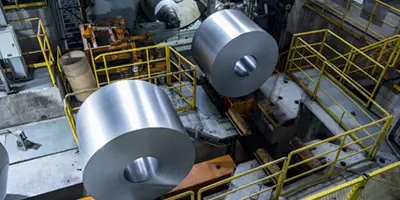
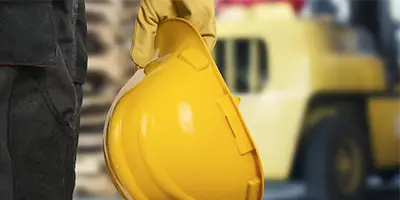
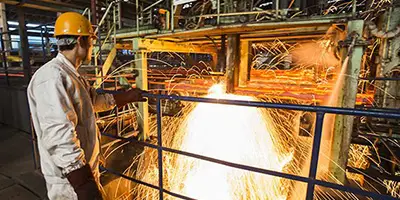
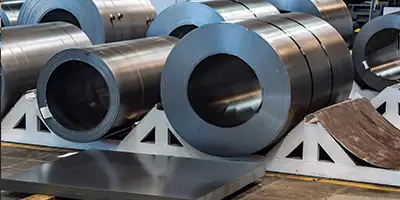

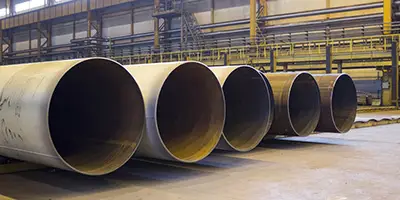
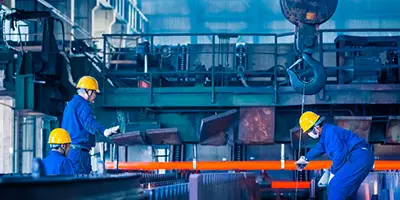
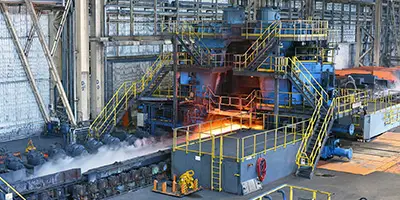
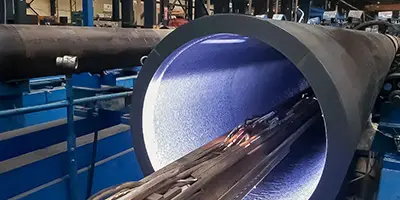
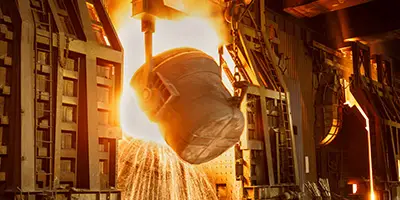
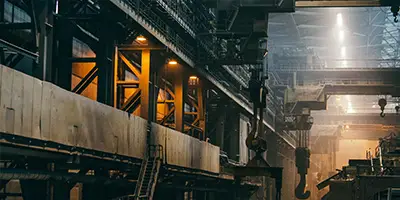
 Phone :
Phone :  Whatsapp :
Whatsapp :  Email :
Email : 


